Home>Gardening & Outdoor>Pool & Spa Care>How To Lower Alkalinity Without Lowering PH In Hot Tub
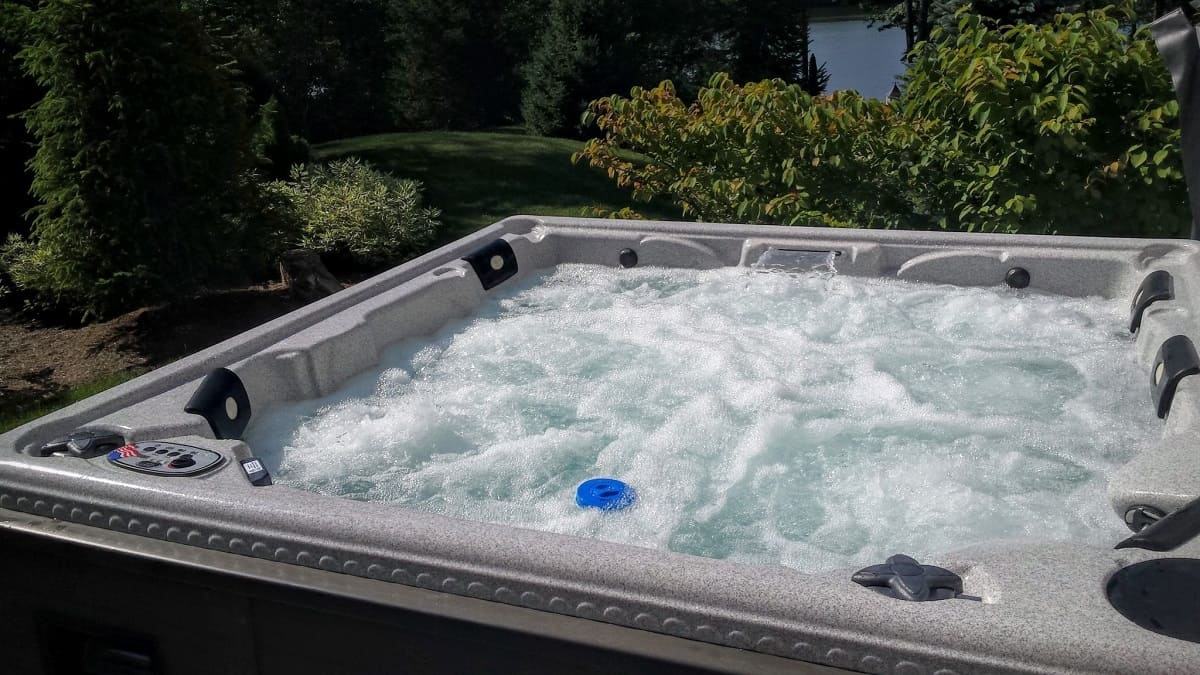

Pool & Spa Care
How To Lower Alkalinity Without Lowering PH In Hot Tub
Modified: January 6, 2024
Learn effective methods for lowering alkalinity in your hot tub without affecting pH levels. Discover expert tips for maintaining optimal pool and spa care.
(Many of the links in this article redirect to a specific reviewed product. Your purchase of these products through affiliate links helps to generate commission for Storables.com, at no extra cost. Learn more)
Introduction
Welcome to the wonderful world of hot tub ownership! As a proud hot tub owner, you understand the importance of maintaining balanced water chemistry for a safe and enjoyable soaking experience. One of the key factors in achieving this balance is managing alkalinity and pH levels. In this article, we will delve into the intricacies of alkalinity and pH in hot tubs, explore the methods for testing and adjusting these levels, and focus on specific techniques for lowering alkalinity without impacting pH. By the end of this guide, you will be equipped with the knowledge and confidence to keep your hot tub water pristine and inviting.
Key Takeaways:
- Keep your hot tub water balanced by managing alkalinity and pH levels. Test regularly and use methods like dilution, acidic additives, aeration, and pH-neutral cleaners to lower alkalinity without affecting pH.
- Understanding the roles of alkalinity and pH, and employing targeted methods to lower alkalinity without impacting pH, helps maintain a balanced and inviting hot tub environment. Regular testing, diligent monitoring, and proactive adjustments are key practices for optimal water chemistry.
Read more: What To Use To Lower Alkalinity In Hot Tub
Understanding Alkalinity and pH in Hot Tubs
Before we delve into the nuances of managing alkalinity and pH, it’s essential to grasp the fundamental role these factors play in maintaining your hot tub water. Alkalinity refers to the water’s ability to resist changes in pH, acting as a buffer against sudden shifts that could lead to corrosive or scale-forming conditions. Essentially, proper alkalinity helps stabilize the pH level, ensuring it remains within the optimal range for comfort and equipment longevity.
On the other hand, pH measures the acidity or basicity of the water on a scale of 0 to 14, with 7 being neutral. For hot tubs, the ideal pH range falls between 7.2 and 7.8, as this promotes bather comfort and prevents equipment damage. When the pH strays outside this range, it can lead to issues such as skin and eye irritation, scale buildup, or corrosive damage to the hot tub and its components.
Understanding the delicate interplay between alkalinity and pH is crucial for maintaining a harmonious hot tub environment. By keeping these factors in balance, you safeguard both the longevity of your equipment and the comfort of those enjoying a relaxing soak.
Testing Alkalinity and pH Levels
Regular testing of alkalinity and pH levels is a cornerstone of effective hot tub maintenance. Fortunately, there are user-friendly test kits available that allow you to monitor these crucial parameters with ease. Most test kits utilize colorimetric methods, where a color change indicates the concentration of specific chemicals in the water, providing valuable insights into the alkalinity and pH levels.
When testing alkalinity, aim for a range of 80-120 parts per million (ppm) to maintain stability in the water and prevent pH fluctuations. If the alkalinity is too high, it can lead to cloudiness, scaling, and difficulty adjusting the pH. Conversely, low alkalinity can result in pH instability and corrosive water, potentially damaging the hot tub and causing discomfort to bathers.
For pH testing, the goal is to achieve a slightly alkaline environment within the recommended range of 7.2-7.8. This range ensures bather comfort and prevents potential damage to the hot tub and its components. Regular monitoring and adjustment of pH levels are vital for sustaining a relaxing and safe hot tub experience.
By diligently testing and maintaining optimal alkalinity and pH levels, you can proactively address imbalances before they escalate into larger issues, preserving the integrity of your hot tub and ensuring a pleasurable soaking environment for all.
To lower alkalinity without lowering pH in a hot tub, you can add a pH decreaser specifically designed for hot tubs. This will help to balance the alkalinity without affecting the pH levels.
Methods to Lower Alkalinity Without Lowering pH
Managing alkalinity without affecting pH requires a strategic approach to water treatment. Here are several effective methods to lower alkalinity while maintaining optimal pH levels in your hot tub:
- Dilution: One method to reduce alkalinity is dilution. By partially draining the hot tub and refilling it with fresh water, you can effectively lower the overall alkalinity level. However, this approach may not be practical for all situations, especially in regions with water scarcity or during colder seasons when refilling the hot tub is less feasible.
- Acidic Additives: Introducing acidic products specifically designed for hot tub use can help lower alkalinity without significantly impacting pH. These additives work by neutralizing excess alkalinity, promoting balance in the water chemistry. It’s crucial to follow the manufacturer’s guidelines and dosage recommendations when using acidic additives to avoid overcorrection and potential pH imbalances.
- Aeration: Utilizing aeration, such as running the jets or adding an air pump, can facilitate the outgassing of carbon dioxide from the water. This process naturally lowers alkalinity levels without affecting pH, as carbon dioxide is a major contributor to total alkalinity. Aeration promotes gas exchange, allowing carbon dioxide to escape from the water and effectively reducing alkalinity over time.
- Use of pH-Neutral Cleaners: When cleaning the hot tub or its components, opt for pH-neutral products to prevent inadvertently increasing alkalinity. Residue from alkaline cleaners can elevate the water’s alkalinity levels, so choosing pH-balanced cleaning solutions helps maintain the desired alkalinity without impacting pH.
- Monitoring and Adjustment: Regularly testing and monitoring alkalinity levels empowers you to make timely adjustments as needed. By staying proactive and attentive to the water chemistry, you can address alkalinity imbalances promptly, preventing them from cascading into pH fluctuations and related issues.
Implementing these methods with care and precision allows you to effectively lower alkalinity while preserving the optimal pH range in your hot tub. By striking a delicate balance between these essential water parameters, you ensure a harmonious and inviting environment for leisurely soaks and relaxation.
Conclusion
Mastering the art of managing alkalinity and pH in your hot tub is a rewarding endeavor that enhances the longevity of your equipment and the enjoyment of your soaking experience. By understanding the roles of alkalinity and pH, regularly testing their levels, and employing targeted methods to lower alkalinity without impacting pH, you are well-equipped to maintain a balanced and inviting hot tub environment.
Remember, proper alkalinity and pH management are essential for preserving water quality, preventing equipment damage, and ensuring bather comfort. Regular testing, diligent monitoring, and proactive adjustments are key practices that empower you to maintain optimal water chemistry in your hot tub.
Whether you opt for dilution, acidic additives, aeration, or the use of pH-neutral cleaners, each method serves as a valuable tool in your water maintenance arsenal. By integrating these techniques into your routine maintenance regimen, you can effectively lower alkalinity while safeguarding the pH balance, creating a harmonious and rejuvenating hot tub oasis for yourself and your guests.
With your newfound knowledge and commitment to water care, you can confidently navigate the intricacies of alkalinity and pH management, ensuring that your hot tub remains a source of relaxation and rejuvenation for years to come.
Frequently Asked Questions about How To Lower Alkalinity Without Lowering PH In Hot Tub
Was this page helpful?
At Storables.com, we guarantee accurate and reliable information. Our content, validated by Expert Board Contributors, is crafted following stringent Editorial Policies. We're committed to providing you with well-researched, expert-backed insights for all your informational needs.

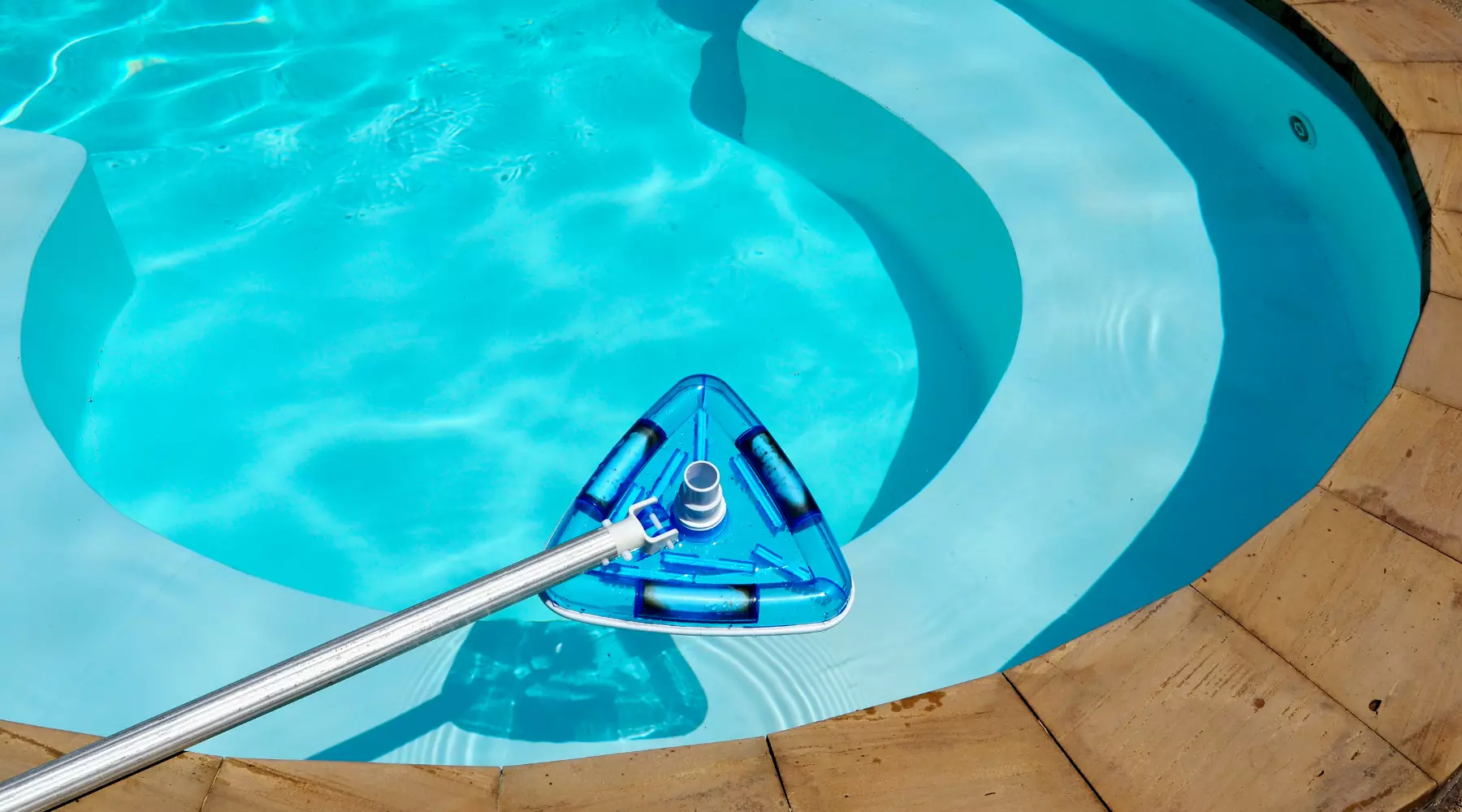
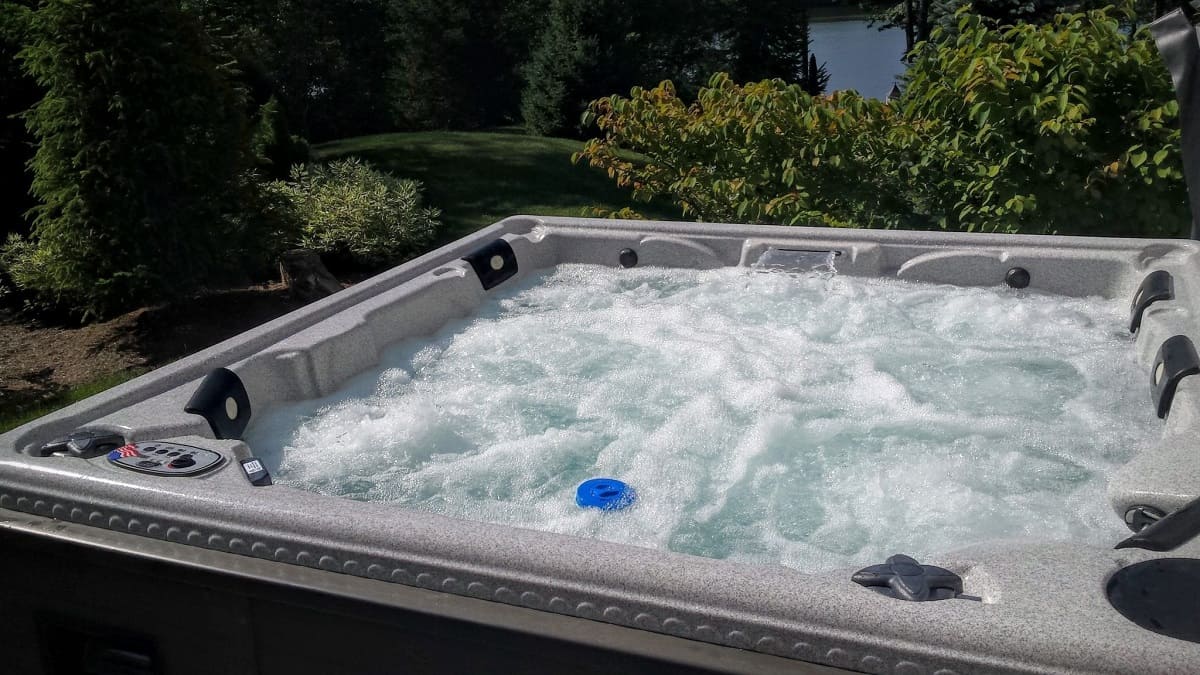
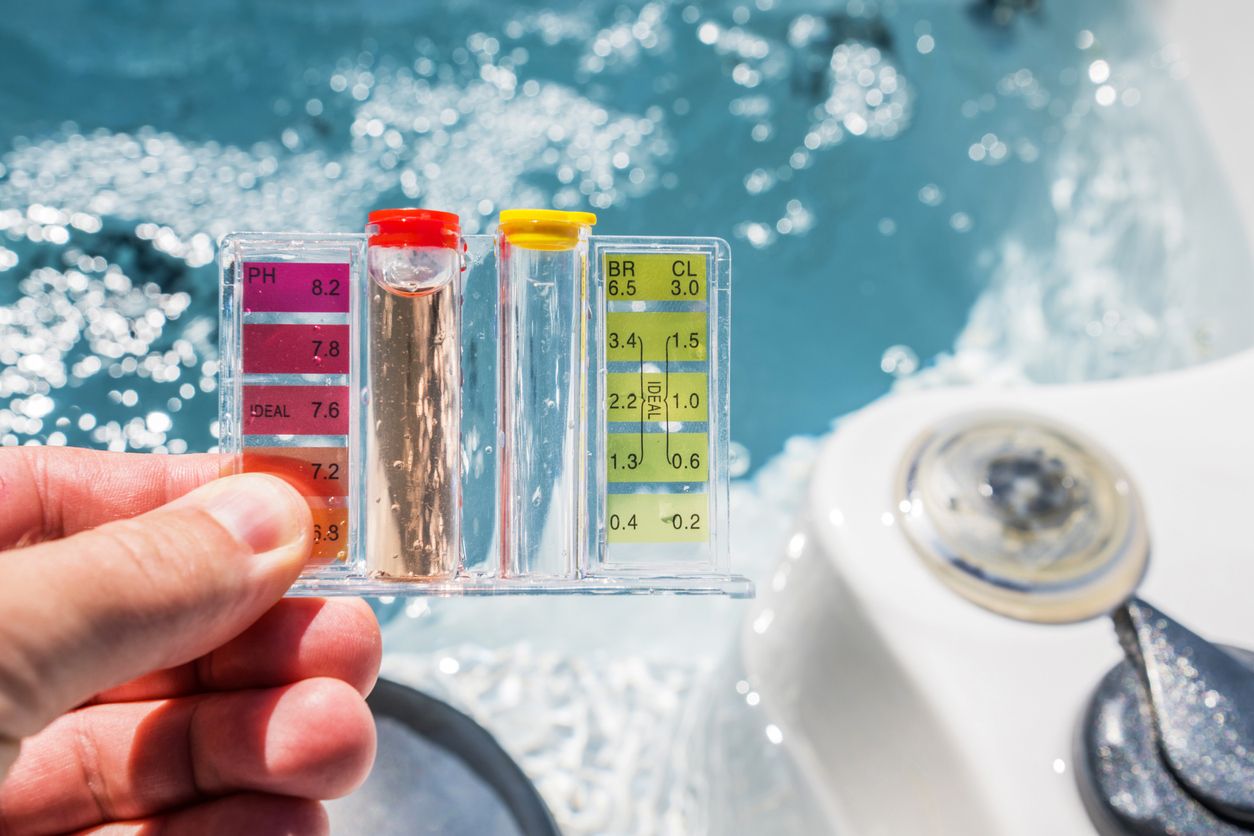
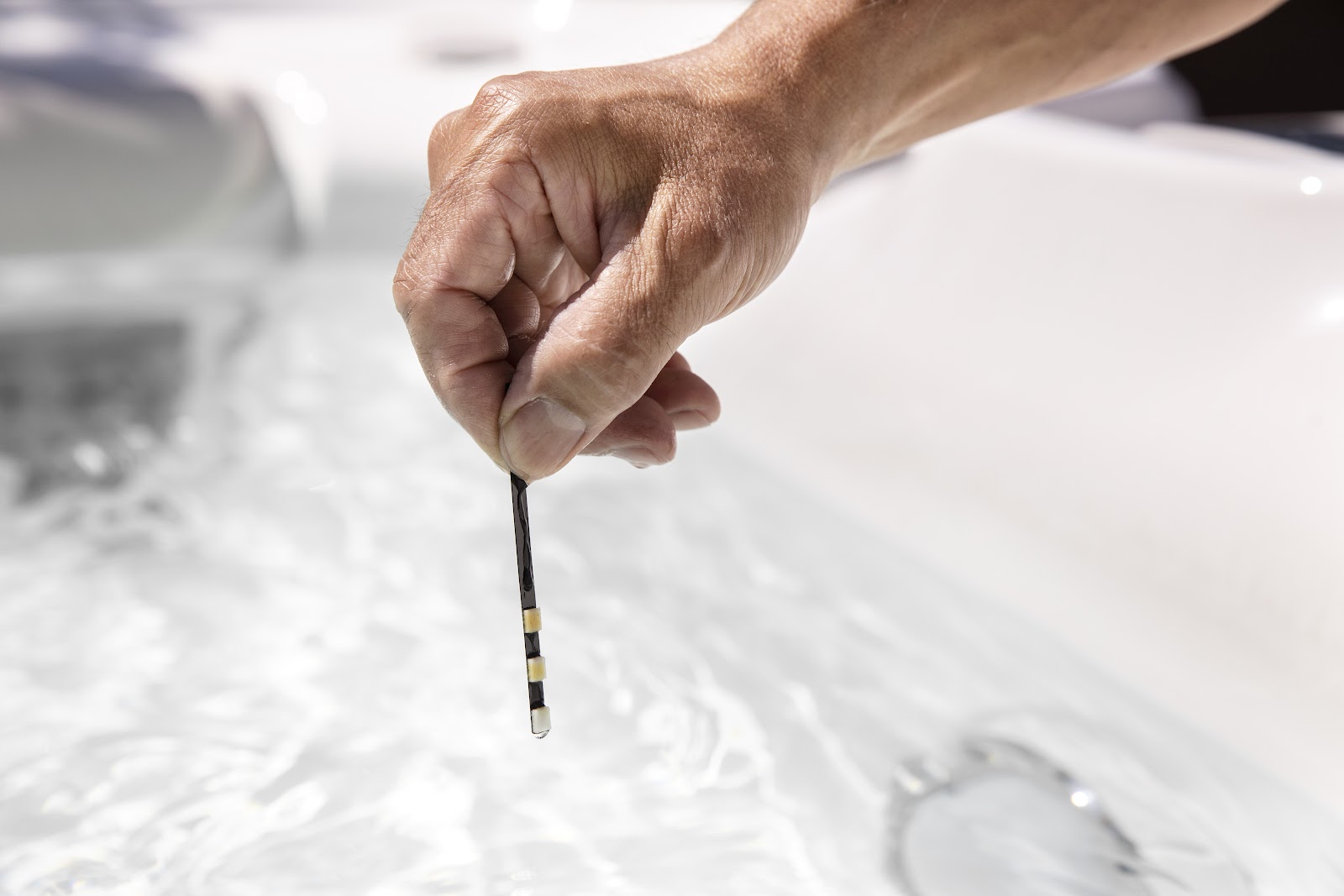
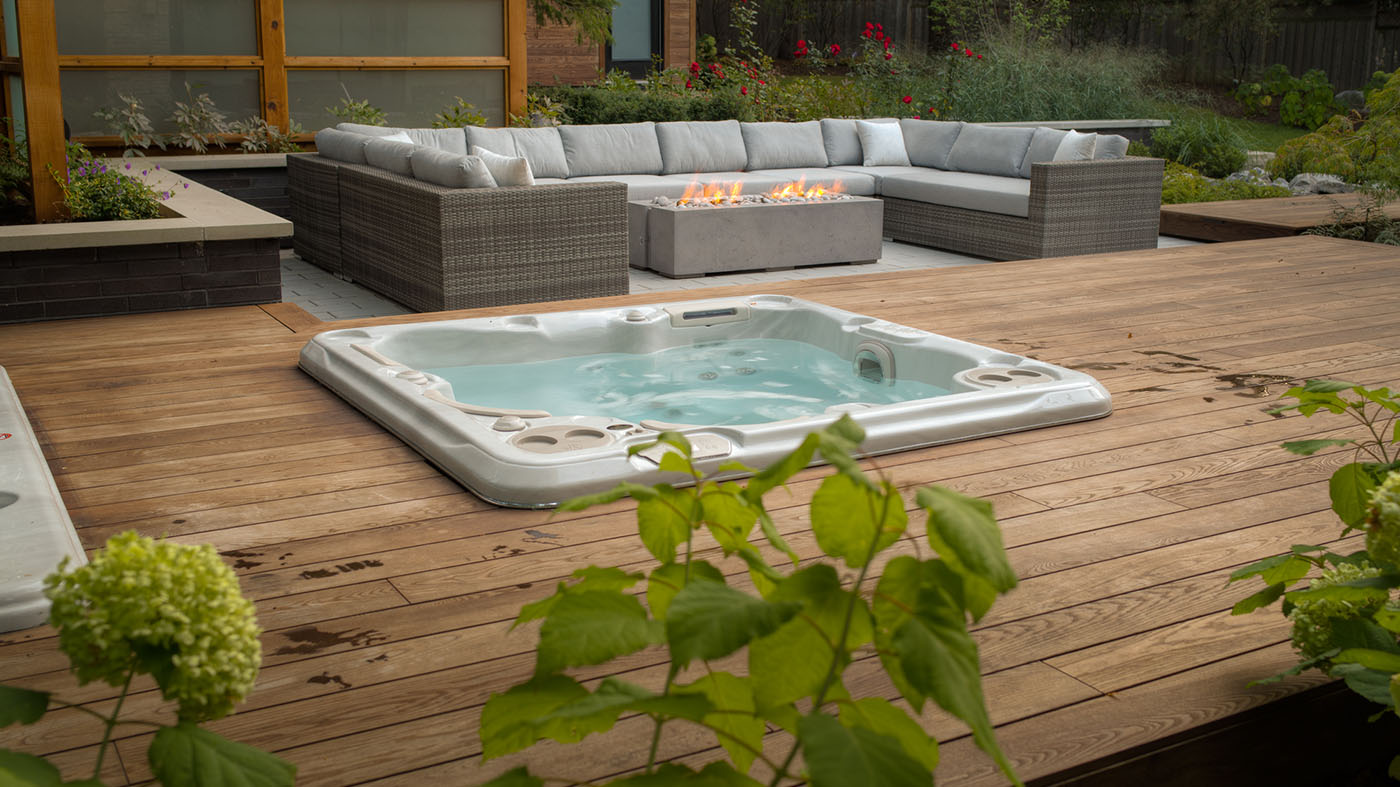
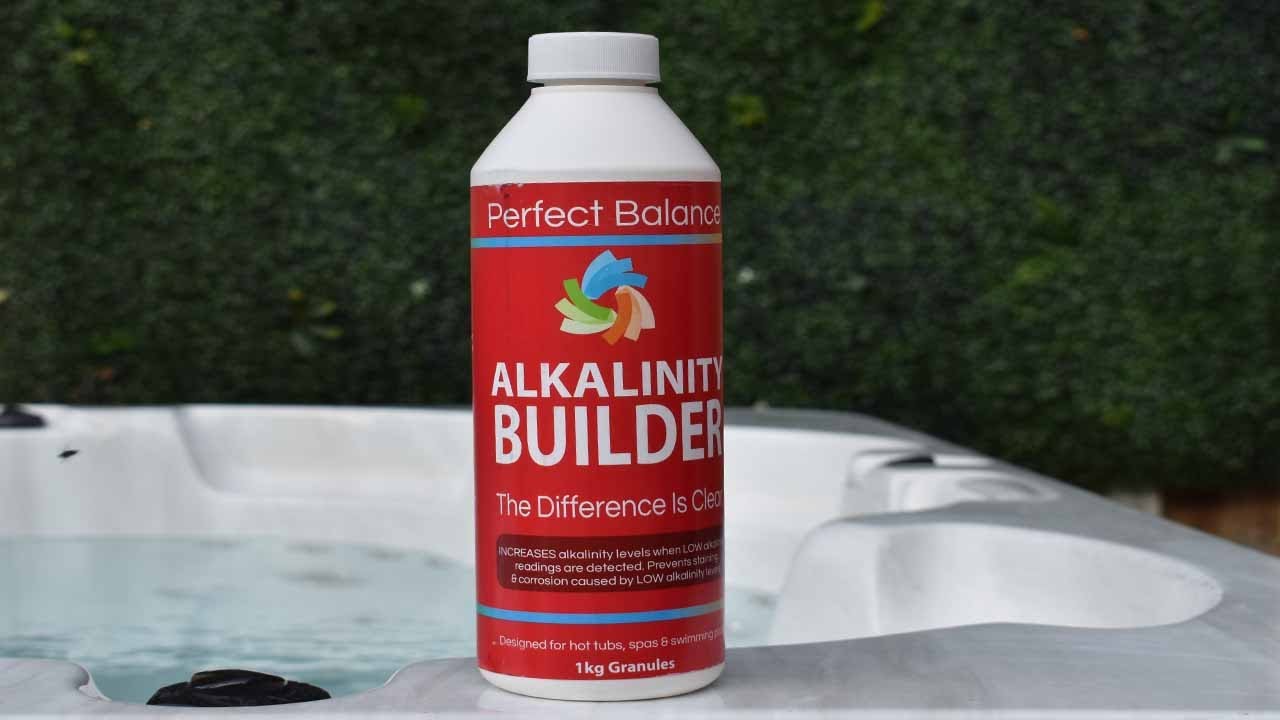
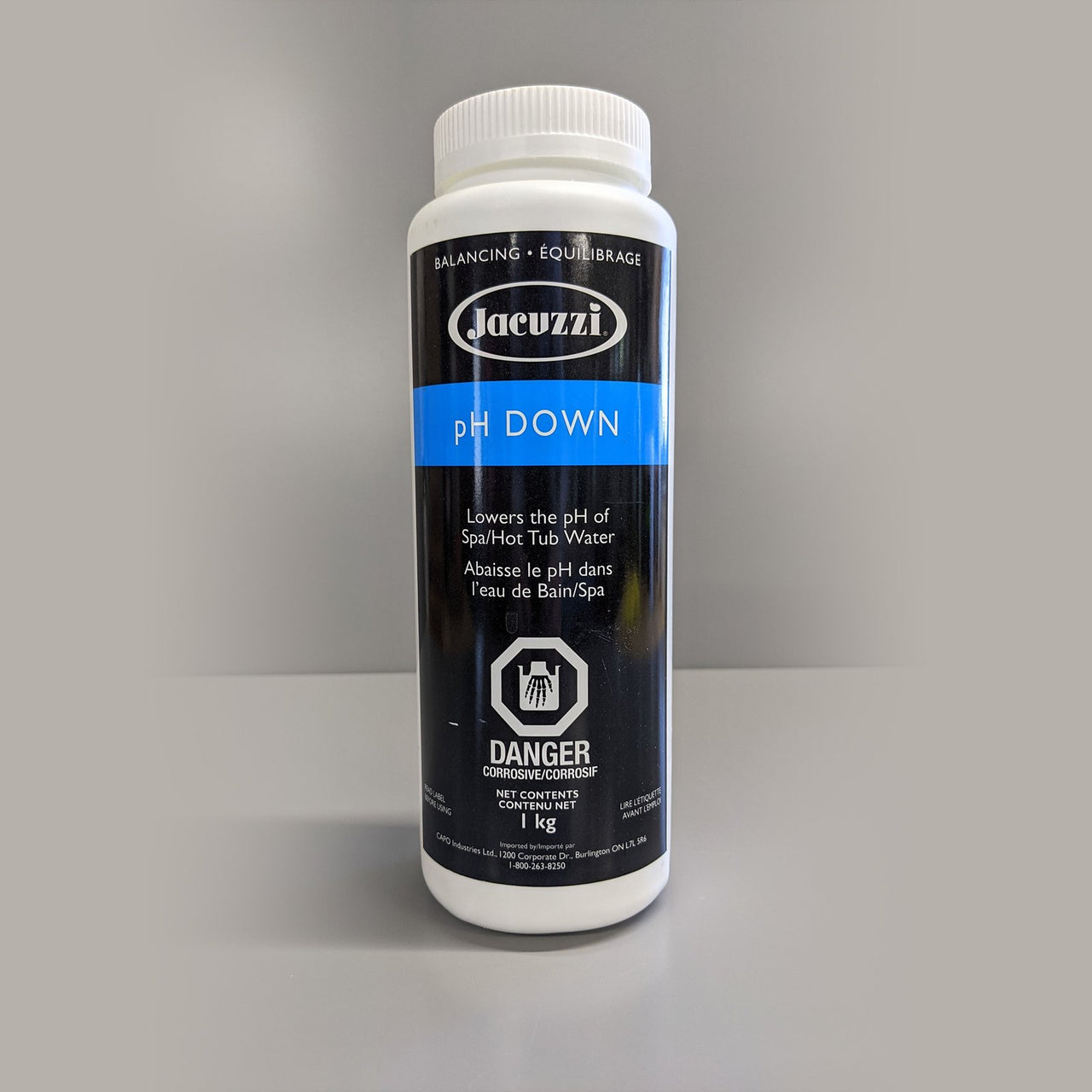
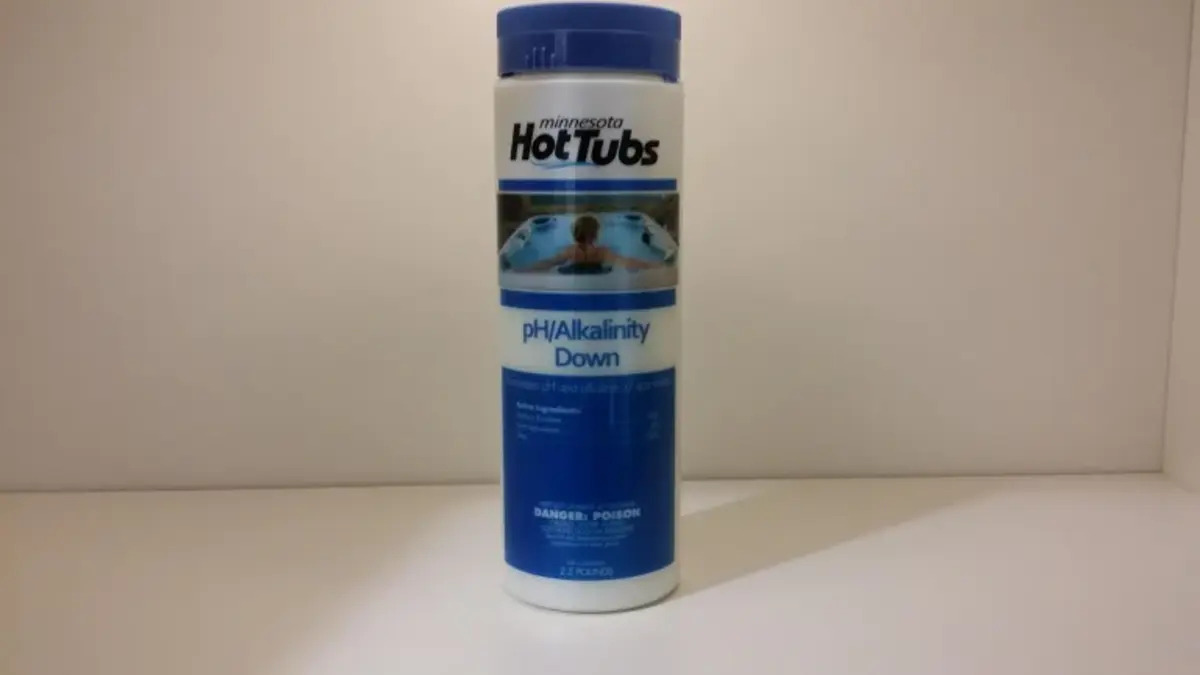
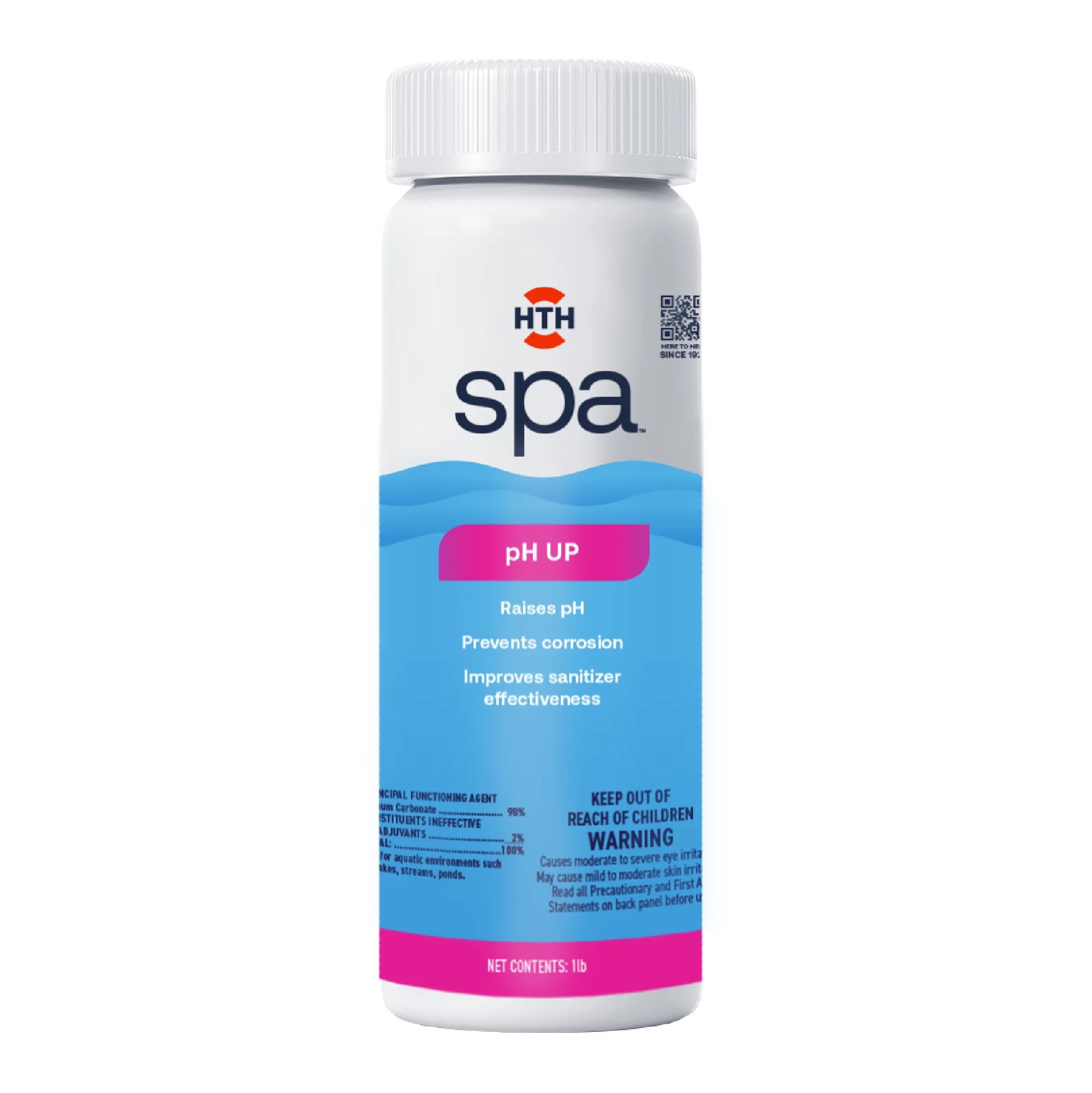
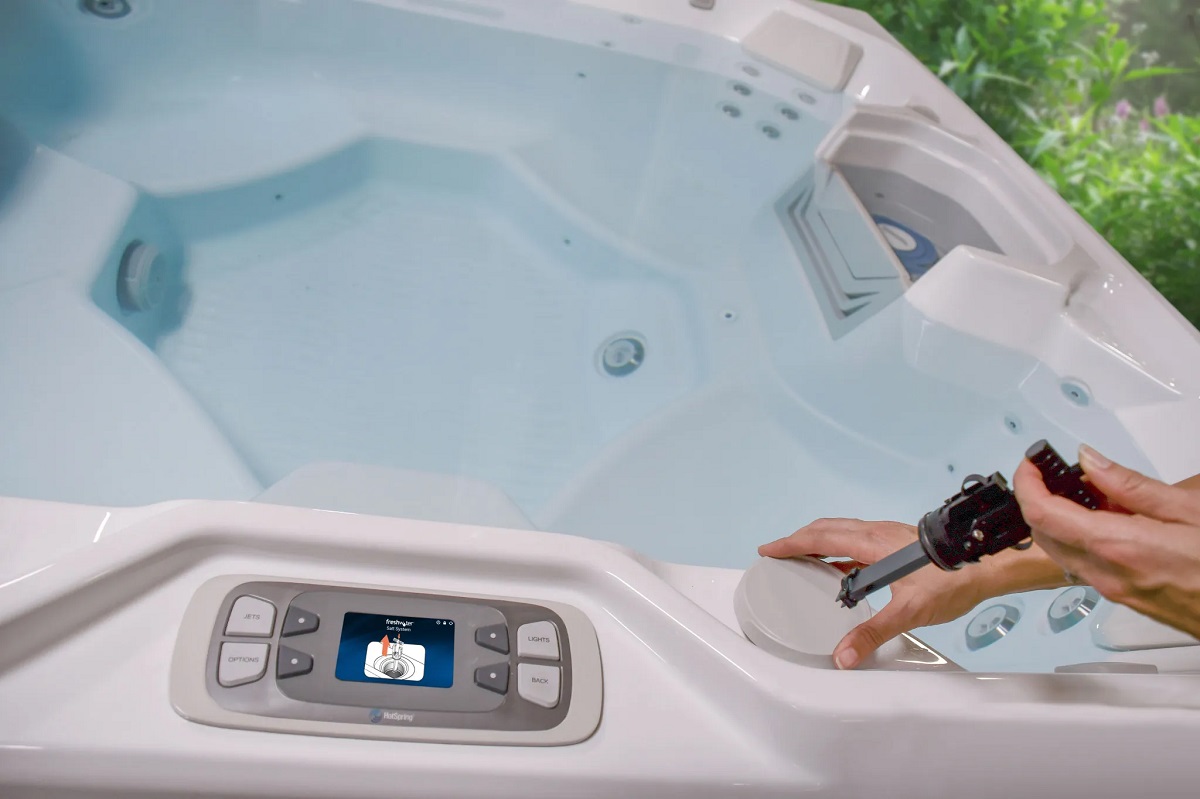
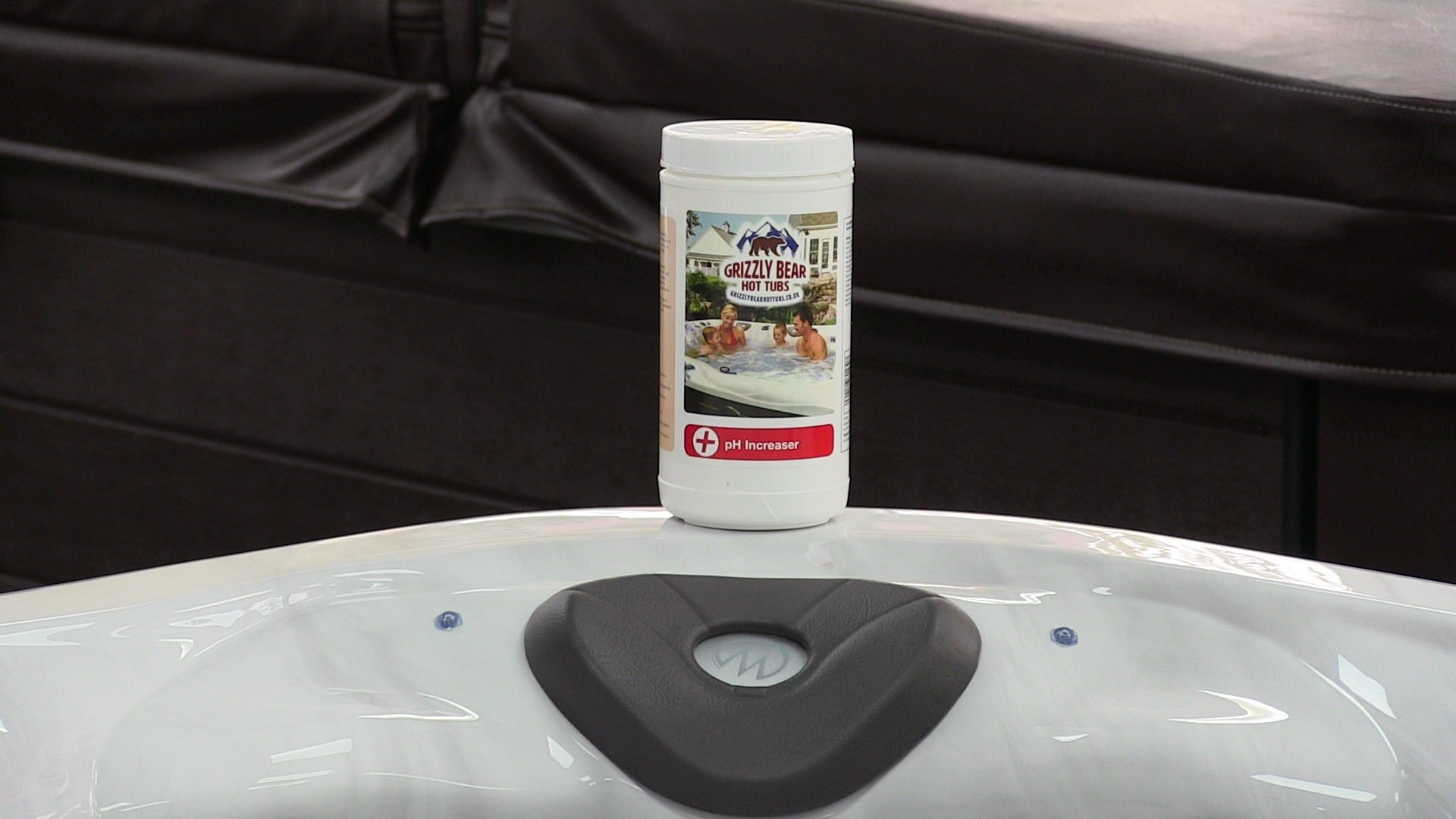
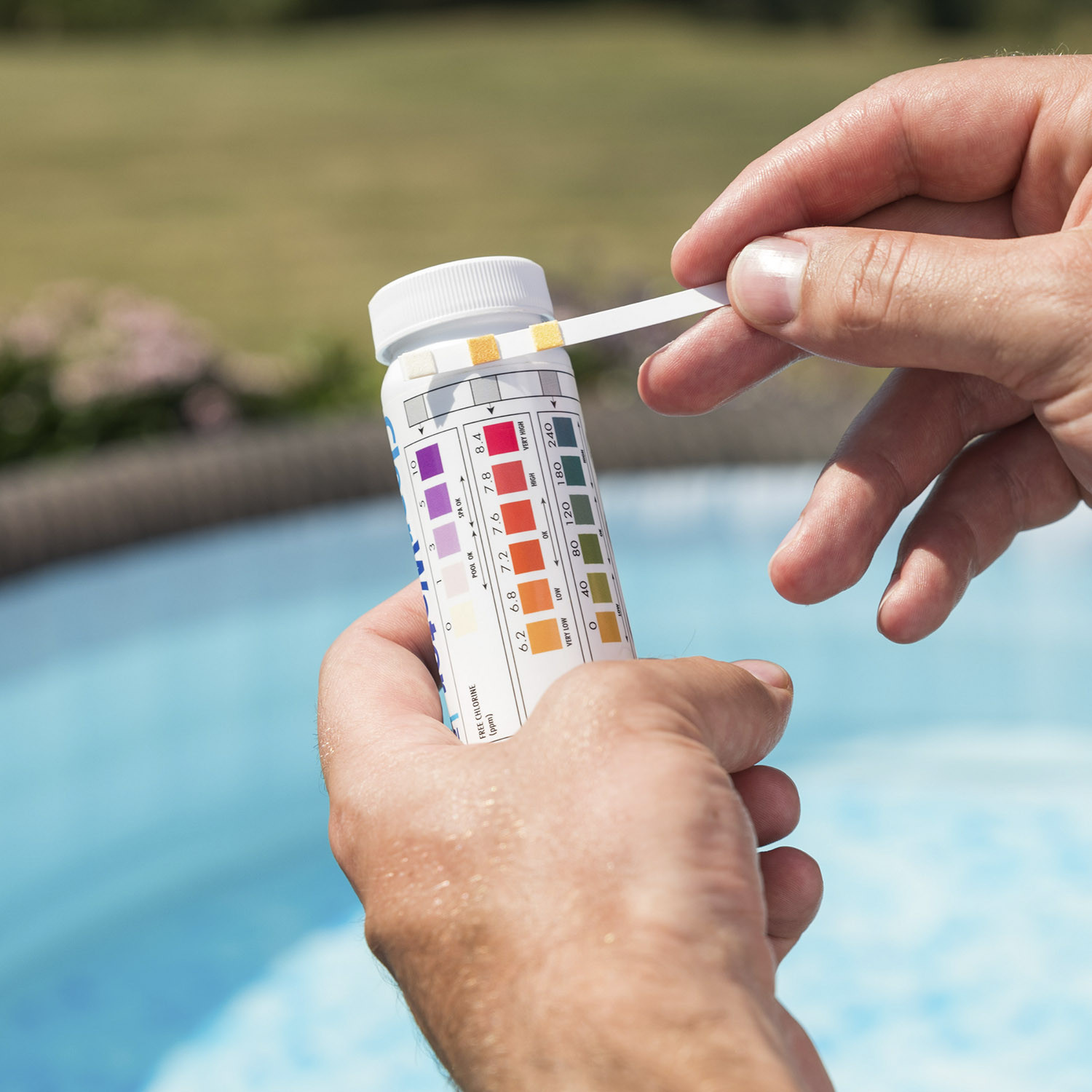
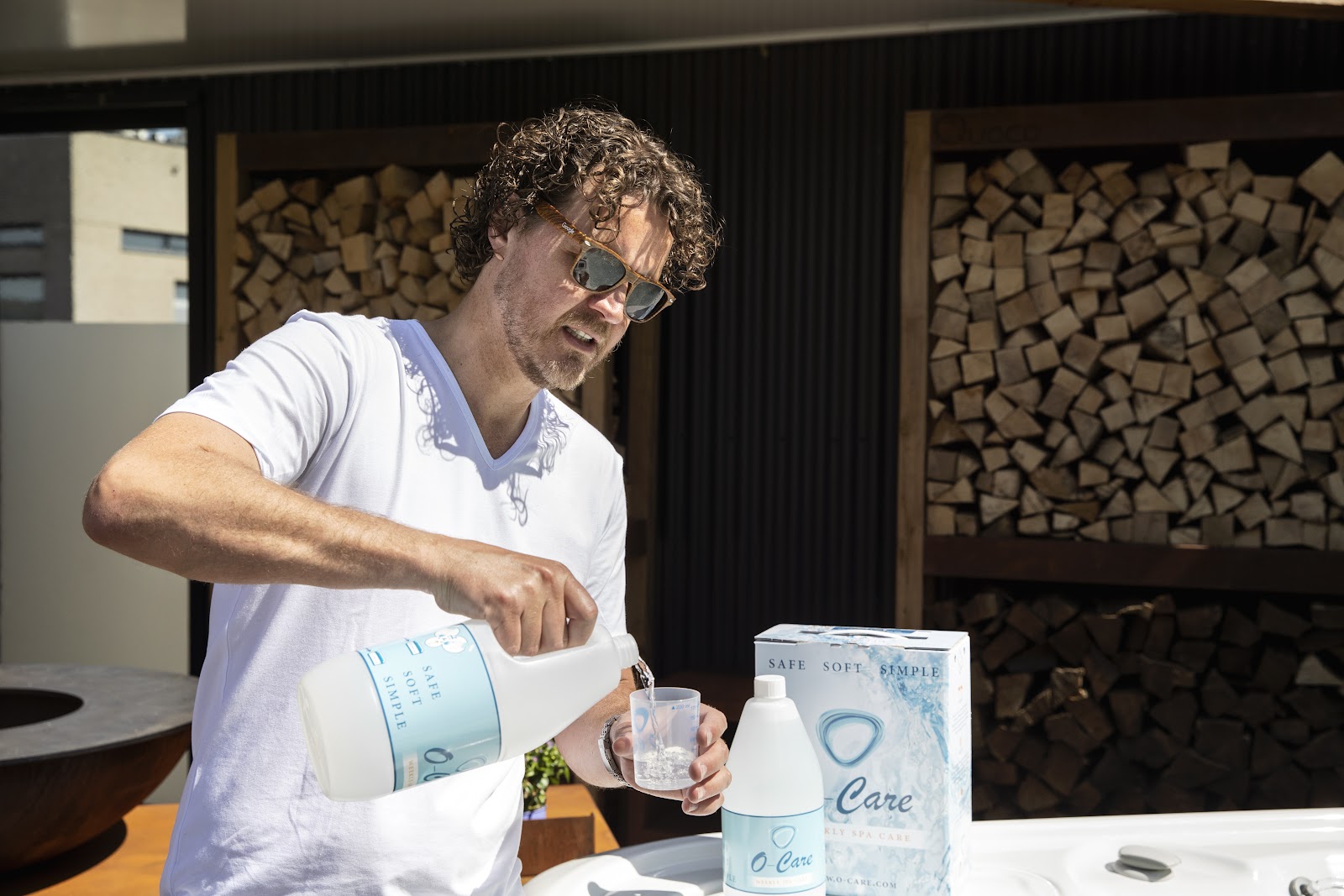
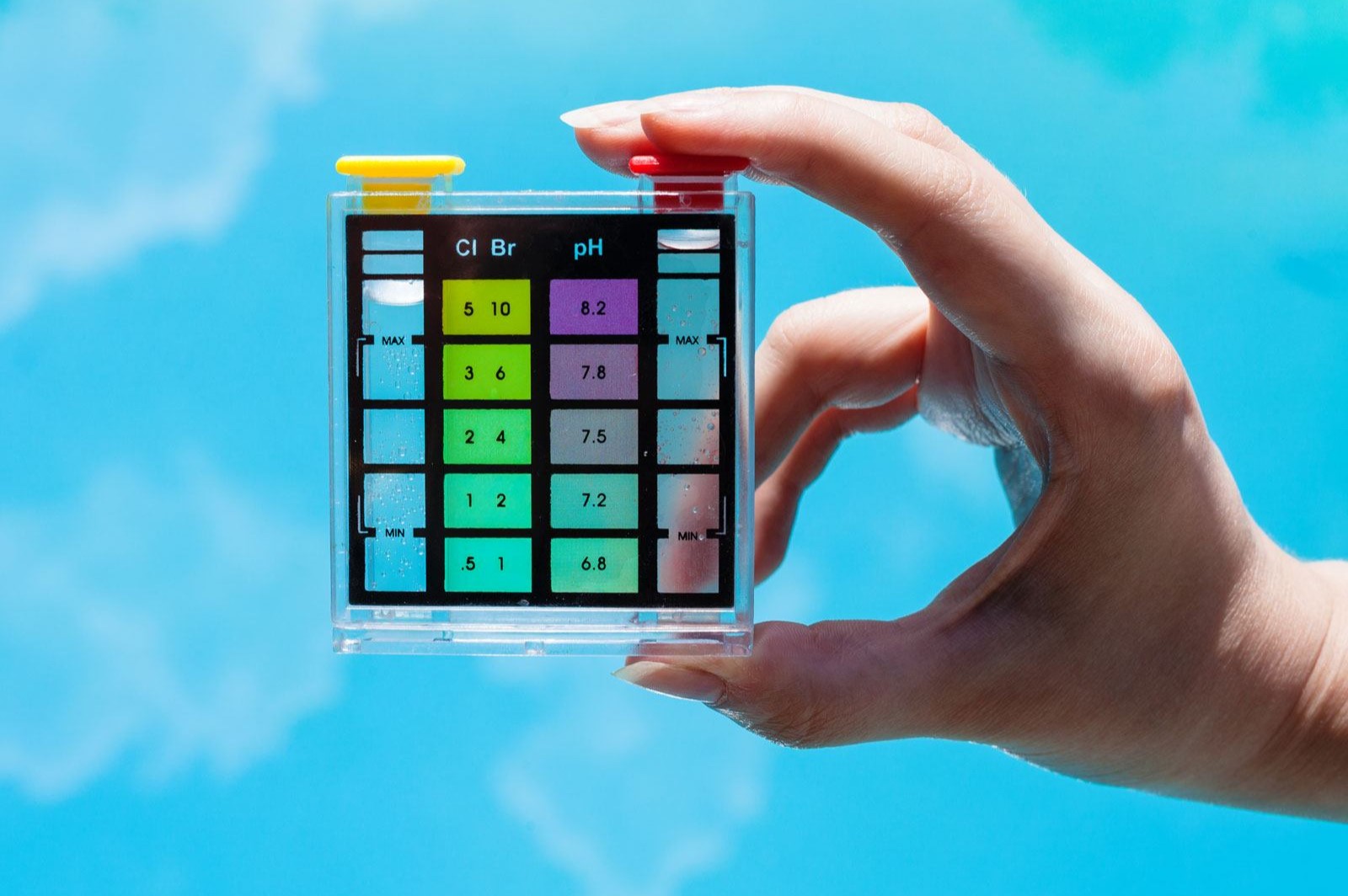

0 thoughts on “How To Lower Alkalinity Without Lowering PH In Hot Tub”